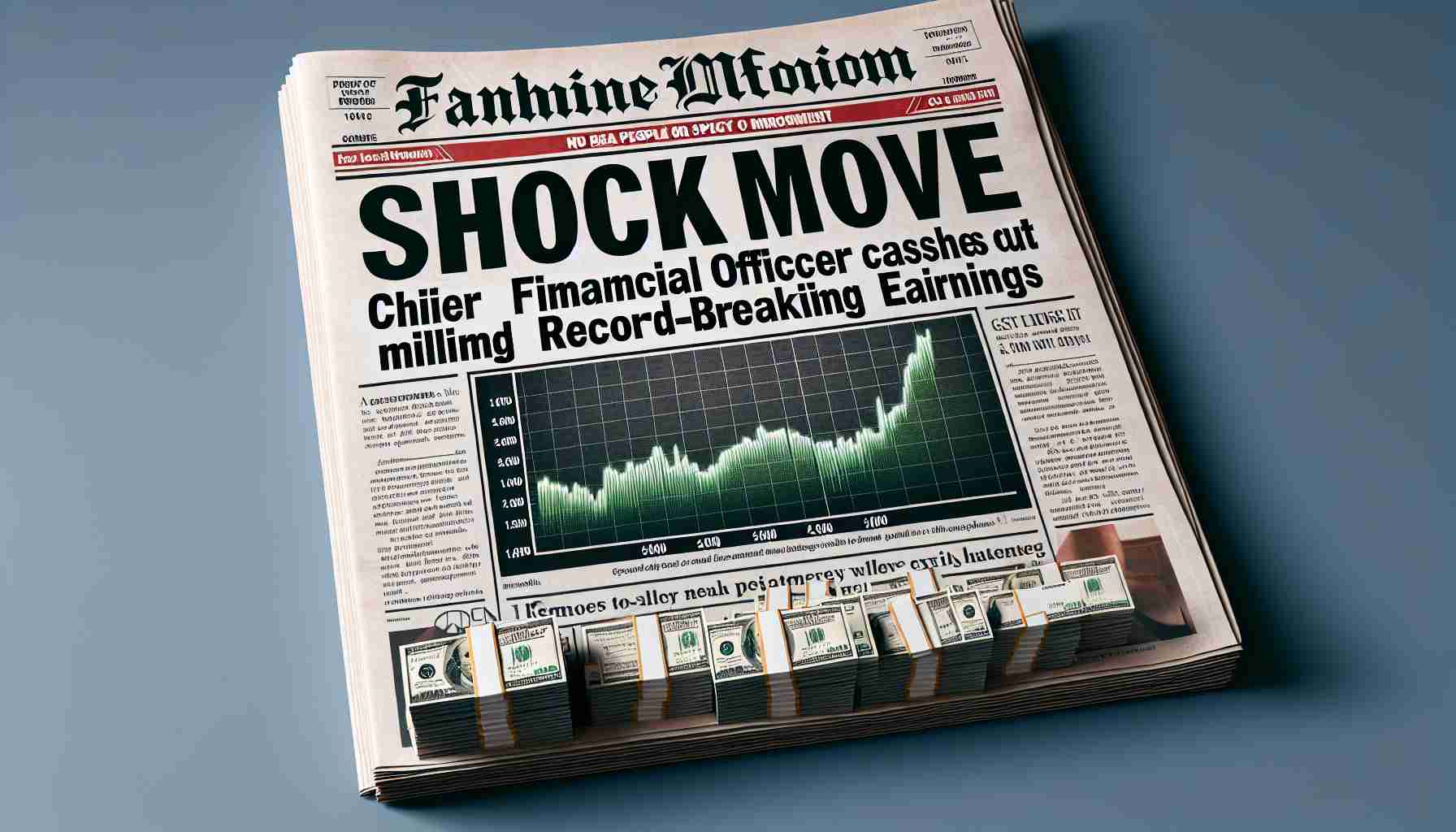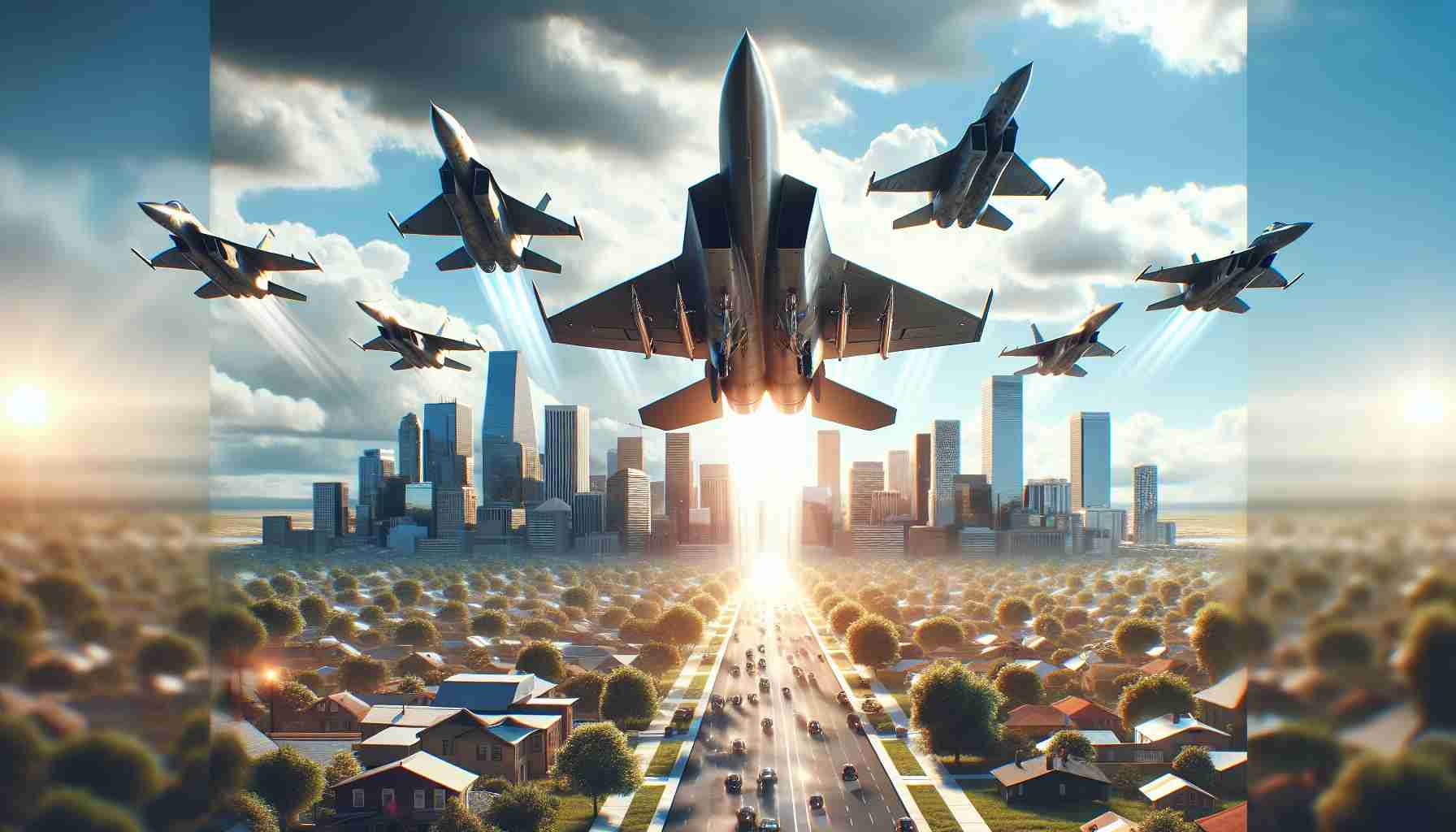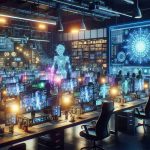The technological advancements in AI have revolutionized the creative landscape, blurring the lines between human and artificial intelligence creativity. From generating high-quality content swiftly to winning art competitions and topping music charts, AI has become an indispensable tool across various artistic domains.
By harnessing machine learning concepts and neural networks that mimic human decision-making processes, AI can now summarize texts, create art pieces, and compose music autonomously. This breakthrough, often referred to as the Third Artificial Intelligence Boom, signifies a paradigm shift in how AI is developed and utilized.
In contrast to ancient philosophical views on imitation, contemporary AI embodies a fusion of imitation and creativity, challenging traditional notions of creativity. While Plato viewed imitation as a mere technical skill, Aristotle considered it an integral part of human nature and a component of creativity.
As time progressed, modern philosophers like Nietzsche and Rousseau explored the dynamic interplay between imitation and creation, postulating that tension between the two can spark innovative expressions and foster creative development in individuals.
Thus, as AI continues to refine its creative capabilities through iterative learning and adaptive decision-making systems, it is reshaping the creative industries and prompting a reevaluation of the roles of imitation and creativity in the digital age.
The evolving landscape of AI within creative industries is a dynamic realm where technological advancements continually shape the interplay between human creativity and artificial intelligence. Beyond the impressive feats of generating content, winning competitions, and topping charts, AI’s impact delves into nuanced facets that raise important questions and highlight key challenges.
One crucial question revolves around the ethical considerations of AI-created content. How do we address issues of originality, intellectual property, and authorship when AI autonomously generates creative works? These queries fuel ongoing debates regarding the ownership and protection of AI-generated art and music.
Another significant inquiry pertains to the role of human input in AI’s creative processes. While AI can autonomously compose music and create art, to what extent should human oversight or collaboration be present? Balancing the contributions of AI and human creators raises complex discussions on the authenticity and emotional depth of AI-generated content.
In terms of challenges, one pressing issue is the potential homogenization of creative outputs as AI algorithms optimize for mass appeal. How do we preserve diversity and individuality in a landscape where AI may prioritize popular trends and formulaic patterns in content creation?
An inherent controversy lies in the tension between efficiency and artistic innovation. While AI streamlines production processes and enhances productivity, critics argue that it may stifle the serendipitous and intuitive aspects of creativity, reducing art to a formulaic output devoid of human imperfections.
Advantages of AI in creative industries include enhanced efficiency, scalability, and accessibility. AI tools can expedite repetitive tasks, provide valuable insights for creative decision-making, and democratize creative opportunities for a broader range of individuals.
However, disadvantages such as job displacement, ethical dilemmas, and potential loss of creative authenticity accompany the widespread integration of AI in creative processes. The transition to AI-assisted creativity poses challenges for traditional roles in the creative workforce and raises concerns about the erosion of human touch in artistic expressions.
As the dialogue on AI’s impact on creative industries unfolds, navigating these intricate questions, challenges, and controversies becomes imperative in fostering a balanced and innovative coexistence between human creators and artificial intelligence.
For further insights on the intersection of AI and creativity in the digital age, visit Wired for a comprehensive exploration of AI applications in various industries.






















